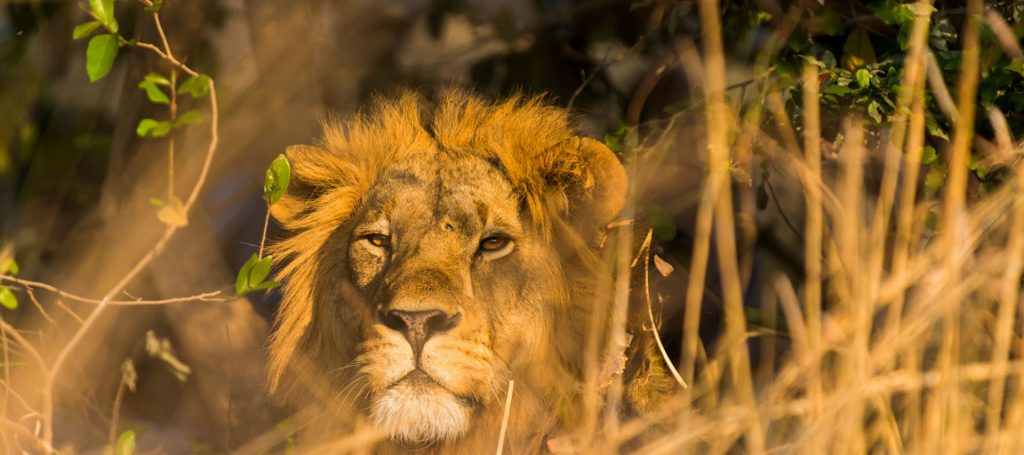
Kafue National Park is home to the most diverse wilderness reserve in Africa. It remains one of Africa’s largest National Park – greater in area than Switzerland and one of the oldest established parks.
The Kafue river is at its core and there are many tributaries and to the south the vast Itezhi-tezhi lake. The terrain is varied from hill country to flat flood plains, and from dense woodland to vast grass plains.
The Kafue National Park is a stronghold for Red Lechwe, Roan, Sable, Eland, Sable and excellent territory for the Wild Dog, Lion and Cheetah.
Situated in the central-western region of Zambia, the Kafue National Park is the country’s oldest park and by far the largest. It was proclaimed in 1950 and is spread over 22 400 square kilometers and spills into three of Zambia’s provinces.
It is one of the largest national parks in the world and is unique in that over 67% of the Park has been set aside as “Wilderness Area” where only walking safaris will be conducted. The Park is a raw and diverse slice of African wilderness with excellent game viewing, birdwatching and fishing opportunities.
Most of the park is dominated by “Miombo Woodland” that opens out into broad grassy “dambos” with a riverine forest fringing the Kafue River as it runs southwards through the park and empties into Lake Itezhi-Tezhi. The sense of space and wilderness the Kafue National Park affords is virtually unrivalled.
The astounding Busanga Plains dominate the northern section of the Park and the area is often spoken of as an “undiscovered gem“. These floodplains are fed by the Lufupa River which, after bursting its banks and then receding, creates rich grasslands that attract a huge diversity and high concentration of antelope.
The south of Kafue is characterised by Miombo, Kalahari Sandveld, tall Mopane forests and the wide open grasslands of the Nanzhila Plains.
Fed by the emerald green Lunga, Lufupa and Kafue Rivers, the park sustains large herds of a great diversity of wildlife. Unusual features are the knobbly termite mounds scattered across the plains.
There are teak forests, large numbers of the striking ‘candelabra’ tree, and many large black granite boulders often looking deceptively like a herd of elephant. Lichtenstein’s hartebeest, wildebeest, buffalo, zebra, puku and impala are often found frequenting the dambos.

